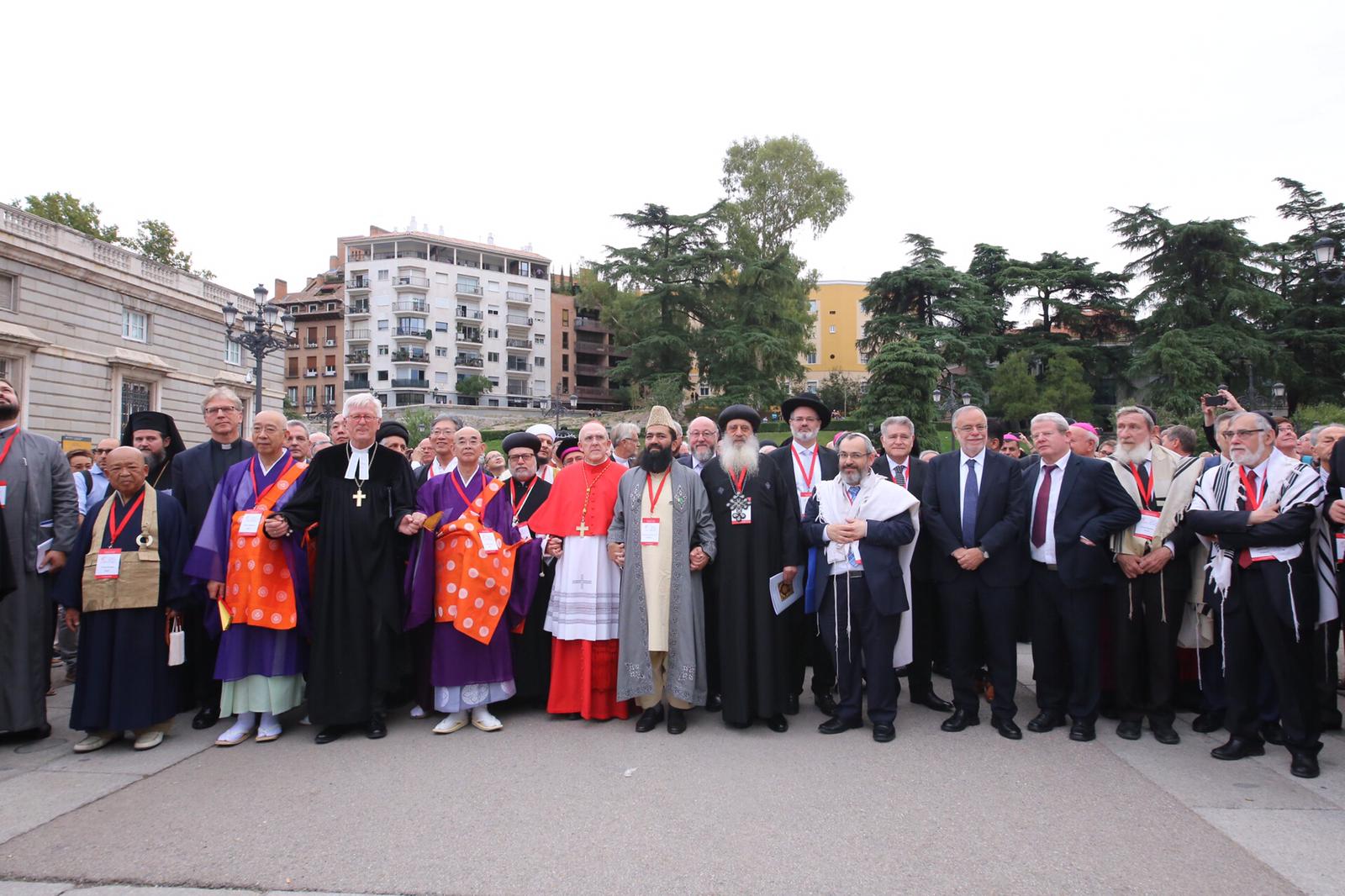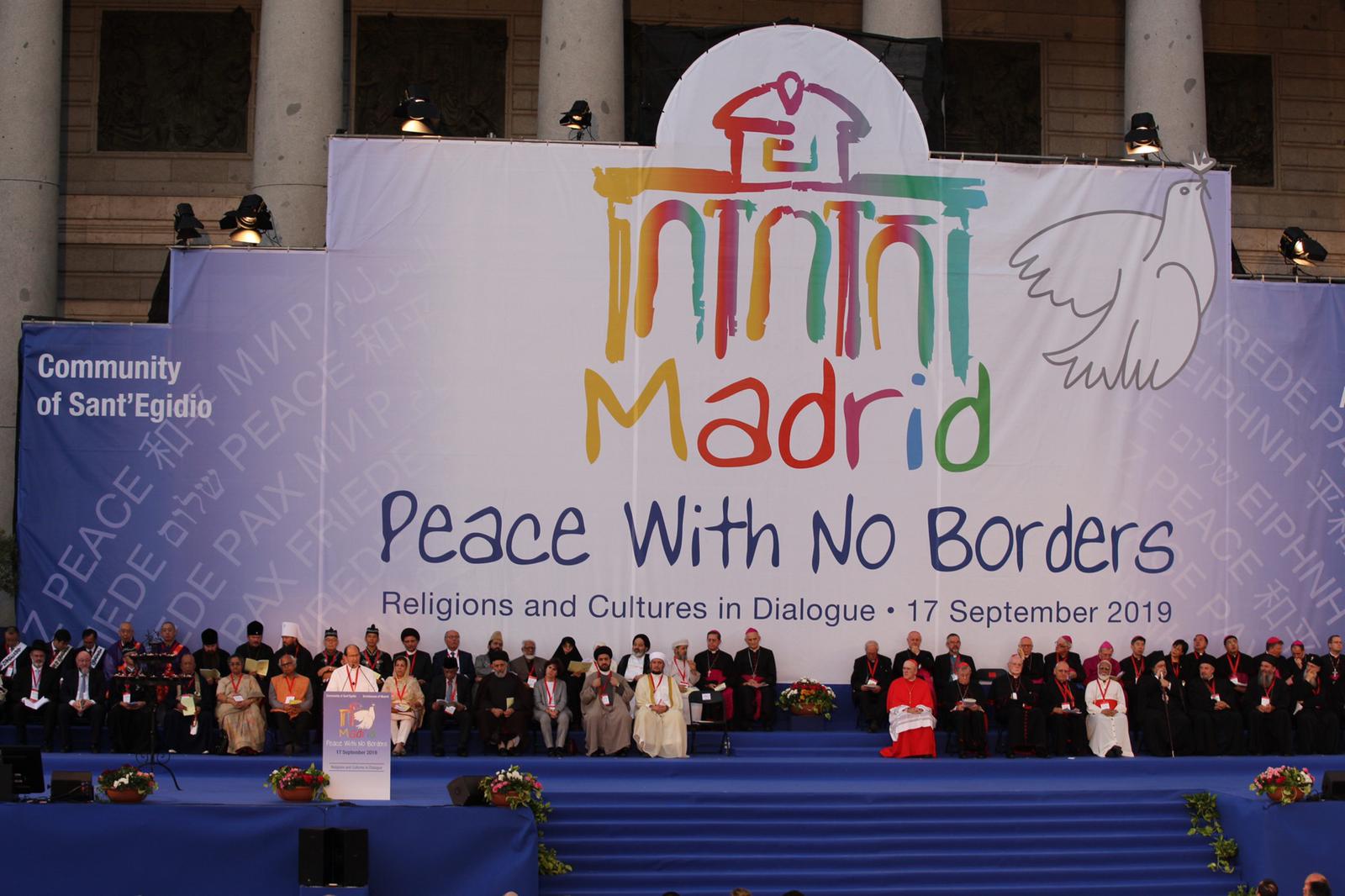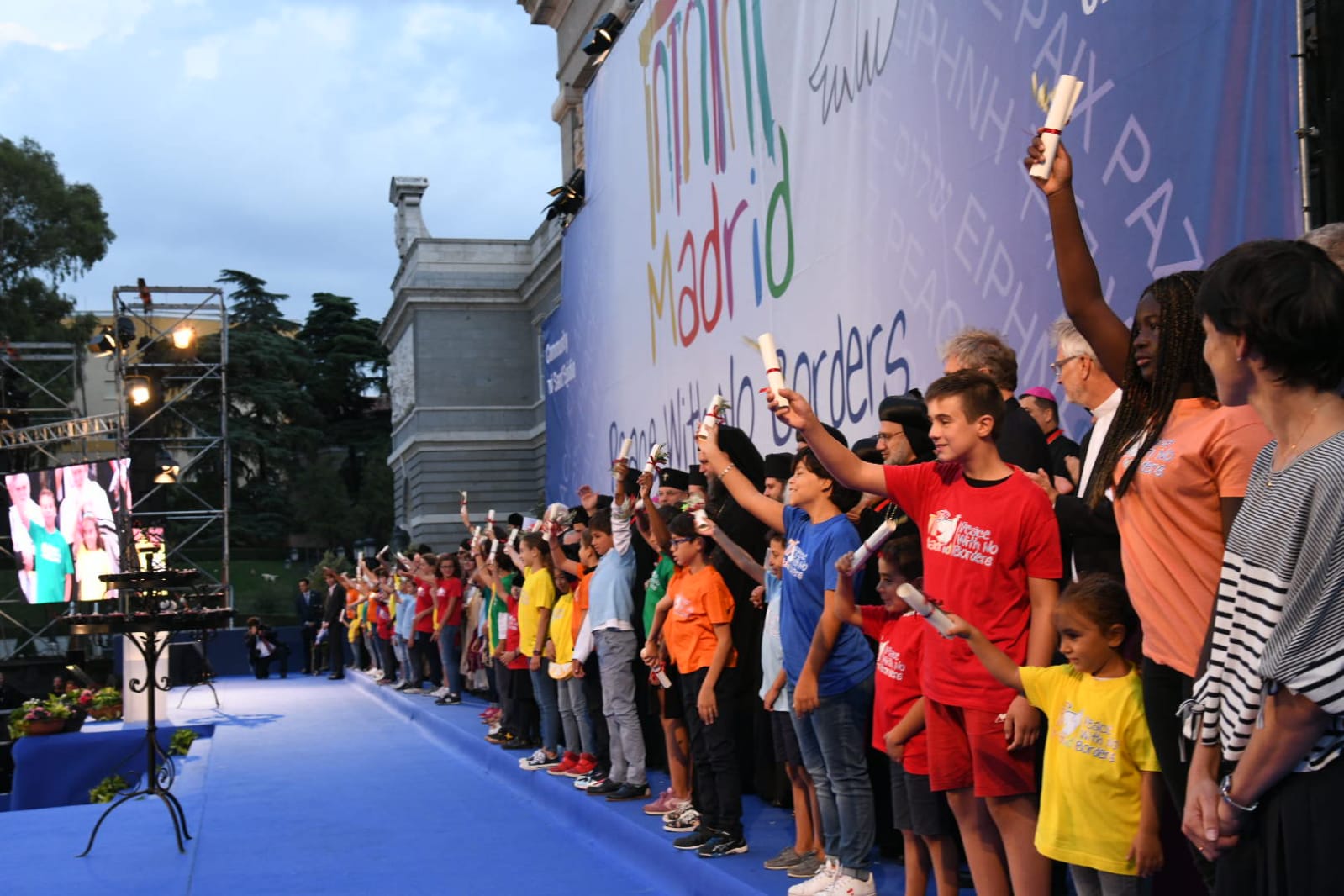Hello everyone, I am Didi Talwalkar. Hope you all are enjoying this forum as I have been. When the word ‘Woman’ stands beside the word ‘Peace’, it raises many eyebrows, as people tend to think that these two words cannot go together. Many on this planet live under this delusion, especially, the men. Most of them would endorse this view. But I am here to say that this woman, is happily, peacefully married for past 43 years (…to the same person), am active since my early teens, and now heading an ever-growing divine family that is selflessly spreading peace and happiness amongst millions around the world for past more than seven decades.
“Women and Peace”, the subject of our panel, consists of two independent words joined by a preposition ‘and’. Apart from serving as a conjunction, this preposition does not seem to convey any other meaning. Whether the two words are synonyms or antonyms; whether women can bring about peace or destroy peace; it really is difficult to interpret the subject. At the same time, it allows us the latitude to ride on my own interpretation and imagination. We can think about various angles from where we can relate these words. Apparently, the word ‘and’ joins two words. I am trying to relate these two words by their meaning.
To understand the subject let us think about various interpretations that can arise out of the conjunction of these two words.
• Women ‘deprived of” Peace
• Women ‘craving for’ Peace
• Women ‘searching for’ Peace
• Women ‘fighting for’ Peace
• Women ‘in’ Peace
• Women ‘for’ Peace
All of these and more can be implicitly attributed to the meaning of the subject – Women And Peace.
Let us ponder a little over ‘Peace’…
How do we define ‘Peace’?
How can one attain ‘Peace’?
Peace is not an external condition; nor is it capable of being created or obtained through any external agency. Peace is absolutely inner, psychological, intellectual, tranquil state of mind that remains unaffected by any kind of external circumstances or forces. In a peaceful state of mind, one doesn’t get disturbed even in any extreme turbulent situation. That is why peace is so much sought after by and attractive to everyone.
Absence of violence or strife or conflict alone cannot be called Peace. Proactively ‘Peace’ means ‘to love and to be reciprocated by love’. Peace spurs harmonious development. Peace leads to happiness and enlightenment. For most of us, it would be almost impossible to attain such a state of mind, intellect and ego. We can only keep on yearning for it. Though, we can certainly think of a way, a process, to attain such an inner state on the basis of inspiration and guidance provided by Vedas and Upanishads, (Indian scriptures) and Shrimad Bhagwad Geeta of Lord Krishna. I draw my inspiration from the commentary on Geeta by Revered Pandurangshastri Athavaleji, my father.
Worldly desires, passions and ambitions propel one’s life and make it dynamic. Desire and passion not just ‘to be’ but ‘to become’; ‘to become – literate, educated, wealthy, respected in the society, ’ and ‘to possess all kinds of materialistic wealth’ are at the root of our actions to ‘be something’ ‘do something’, ‘achieve something’, ‘create something’, ‘develop something’, ‘own and possess something’. This keeps us alert and sustains dynamism and momentum in life. However, in the process, we become uneasy, restless, impatient, selfish, dissatisfied, egoistic and egocentric, jealous, uncaring, lustful, violent, etc. and lose total peace and this juggernaut rolls on and on and on.
To understand, analyse and regulate our thinking and behavioral pattern, we should be able to go to the roots of our mind, intellect and ego. If we manage to control and regulate our likes and dislikes, desires and passions, we will be able to attain contentment, peace and tranquility to that extent.
Peace too, can be categorized differently on the basis of its source of origin.
• Peace borne out of fear and pain of losing our dear ones.
• Peace borne out of helplessness due to our inability
• Peace borne out of ignorance. No one has yet gone to Mars, so if I have not gone, I am at Peace. No problem. And that is why it is said that ignorance is bliss and folly to be wise.
• Peace borne out of satiation, say the satiation that we get after having food. But this peace is temporary and we keep on losing it, as hunger recurs at regular intervals.
• Peace borne out of attaining complete knowledge and control of sense organs, mind, intellect and Ego. Personalities like Lord Jesus Christ, Lord Krishna, Lord Buddha, Moses could achieve this state.
Much can be said about each of these kinds of peace, but that is not the topic of our discussion.
We are discussing Peace but today what we find everywhere is the lack of Peace. Today, we find almost everyone engaged in blind pursuit of something or the other, be it wealth, status or power. They are bound to lose peace. They would be lying if they brag about happiness and peace in their lives. Single minded pursuit of even any one of the three in life is good enough to cause sleepless nights, just imagine the condition of those who have all of these or are pursuing all of them. That is why it is said, “Uneasy lies the head that wears the crown”.
The question is how we associate peace with Women. Whether we should associate peace with women at all?
The value and power of women is apparently evident since the Vedic period in India. People in that era believed that women were living organisms like men and part of the cosmic consciousness. Even then, today we find western academia and even the philosophers giving sermons to the Easterners (including Indians) and Orientals about treating women equally and upholding dignity of women. It is said that perhaps, these people themselves were brutal to their women folks and even traded them as slaves. They, the so called scholars, treated women as social property. Woman is not an object, she is a person, a living and throbbing entity.
A woman is a woman first prior to being a daughter, a sister, a wife or a mother. A woman is supposed to be embodiment of qualities of stability, loyalty, tenderness, devotion, love and affection etc. and a man is supposed to be the embodiment of masculinity, bravery and fearlessness, etc. When these two sets of qualities join in the sacred union of marriage, it lays a solid foundation for a peaceful and flourishing family and society.
It was only when the woman tried to become equal to man, that the value based outlook towards women took a back seat and she became an object of pleasure. What is most painful is the fact that she accepted that position. Value based life took a back seat to materialism. Obscenity crossed the limits. How can we call such a settlement of people a ‘good society’ or ‘a developed society’?
Today, woman finds herself a deprived entity; deprived of love and respect and consequently of peace. As a result, she has turned rebellious and she demands and craves for respect and peace. If she doesn’t get it, she is prepared to fight for it. If we look at the history of civilization, we find that women have contributed heavily in all conflicts and revolutions. In that way we now know that she is capable of bringing about peace too. All of this reflects her inner qualities and steely resolve.
We are discussing the role of women in peace today, whereas my father understood the qualities of women way back in the middle of last century. He believed that if the understanding of indwelling presence of God in every human heart and the relation of the Supreme Power with the human being is understood by a woman, she can do wonders. Regardless of her social status; educated, uneducated, rich, poor, urban, rural, mainstream, marginalized, she will live and make her entire family live with dignity and enable it to develop and prosper.
My father laid the foundation of Swadhyaya in early-forties of last century. Since its inception, women are part of the mainstream of Swadhyaya and they work together with everyone.
After more than seven decades today,
• 4,00,000 women attendees at Mahila kendras (weekly gatherings for women)
• 2,25,000 women regularly go out in devotional visits (bhaktiferi, bhavferi)
• 37,000 women conduct Bal Sanskar Kendras (cultural classes for children) wherein nearly 5,00,000 children participate.
• 1,80,000 women are active volunteers in the devotion based socio economic experiments conducted under the aegis of Swadhyaya inspired by my father Revered Pandurangshastri Athavale.
From experience gained through Swadhyaya, I may say that philosophy combined with sheer hard work and incessant efforts can change the perception of others for women and the perception of women for themselves.
[As a foot note I would like to add that any commentary on Swadhyaya would be incomplete without the mention of my mother who wholeheartedly stood by my father from early days of Swadhyaya till her last breath.
And lastly, when your work brings you to India, I invite you to spare some time to visit and experience the subjective transformation that is changing the face of villages, towns and cities touched by Swadhyaya.]






